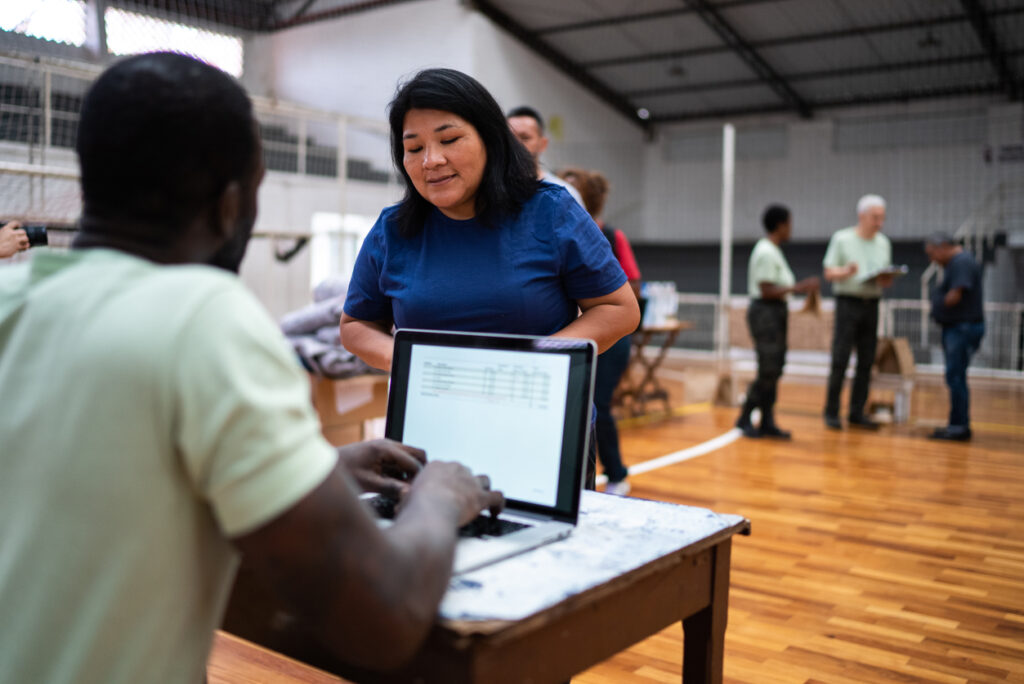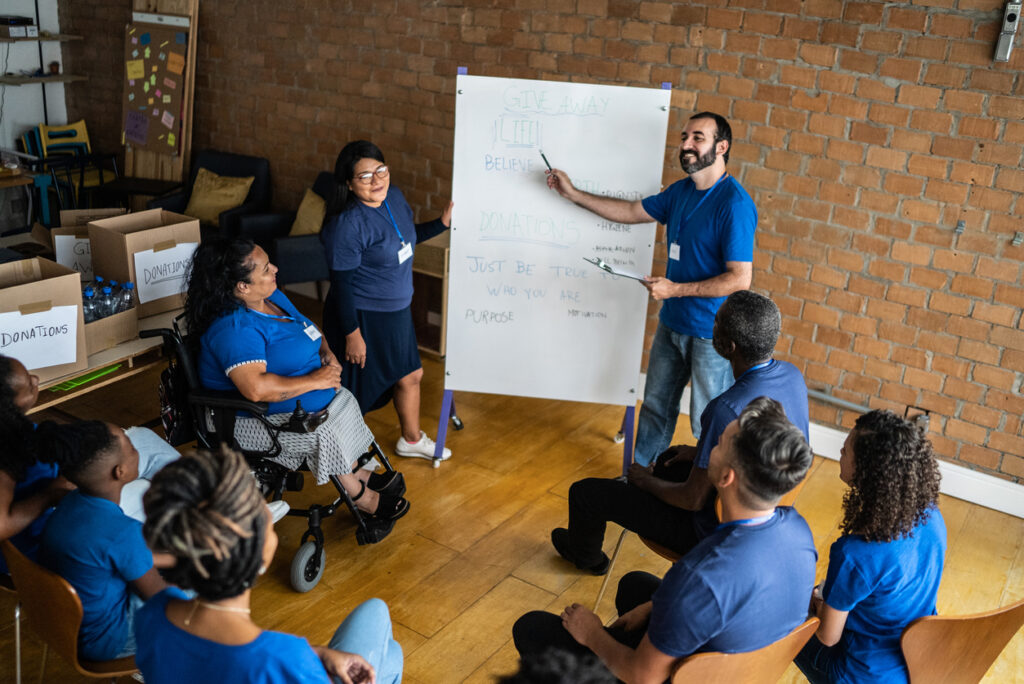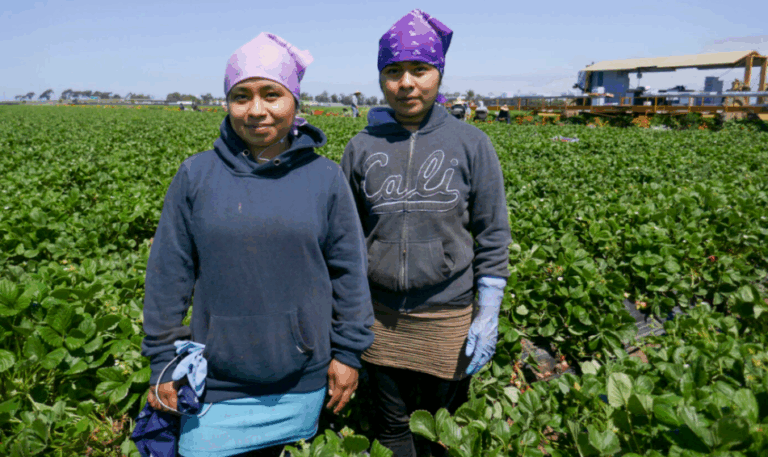
Seven Tips for a Successful Social Program
Social initiatives have immense power to positively impact the most underserved communities in our world. At Cell-Ed, we have had the great privilege of helping populations in need and transforming the lives of more than 10 million people with our mobile learning solutions, while also discovering exactly what it is that makes these social programs successful.
Social programs often fail due to poor planning and vision, limited partner engagement and community involvement, and sustainability challenges. However, focused commitment and sharp diligence go a long way in minimizing these risks and launching a program that is successful for all parties, but most importantly, truly helps those they are intended for.
Here are our top 7 essential tips for launching successful social programs.
7 Tips for a Successful Social Program
1. Clearly define the intent, purpose, and metrics of the initiative.

One of the most important aspects of a social program may also feel like the most abstract step. While there is no concrete standard to say whether or not you’ve “done it”, clearly defining your intent and purpose early, and revisiting it often, helps ensure that you and everyone in your organization moves with intention every step of the way. Setting specific, time-bound milestones, goals and metrics to measure progress along the way will also help you stay on course.
From pre-planning to post-launch, having a purpose reminds you of your goals and provides a true North to always strive towards. At Cell-Ed, our mission is to provide radically accessible solutions that connect people to the education and resources they need for better life, work, and health.
If you are still in the early stages of your journey, clearly outlining and clearly communicating the goals, objectives, and purpose of your social program with potential partners, including the participants and community, helps you to understand the impact and importance of the program and thus, helps define your program’s intent and purpose. This ensures that you are solving the right goal, your partners and community are involved, and there is a clear path forward.
2. Recognize that you serve multiple audiences.

It can be easy to focus exclusively on your program participants, the audience that ultimately benefits from your program, and your funders. However, it is important to also remember that there is another audience that must be served too: the community partners that have the power to reach program participants. These partners will be the vehicle for any social program to arrive into the hands of those who need it.
It’s important to consider their capacity, how to make implementation as simple as possible, and how your program aligns with what they already do. This is why it is best to include partners in the design, so you can best understand any implementation pitfalls and design for them. For the social programs we administer, we listen to community partners and their needs, their challenges, and work hard to provide turnkey solutions so they can more easily tell the world about the program.
3. Prioritize transparent communication.

This one is non-negotiable. Limited partner engagement and community involvement are some of the biggest hindrances you can experience. Ensure all parties know who to contact with questions so that throughout the initiative, communication is easy and streamlined between you, your community partners, and program participants.
As you plan, keep your partners in the loop by building excitement around the launch and listening to their needs to help facilitate the launch.
4. Anticipate your community’s unique linguistic and culturally diverse needs.

Nuances of humanity make communities special; they also require special attention when it comes to social programs. Even your community partners’ and program participants’ needs will vary. So, while you may not be able to meet all the needs of your community with one program or intervention, take the time to learn from your community partners about what they (and their program participants) need in terms of culture and language. Understand who the cultural brokers and trusted advocates are, how information is disseminated, and the unique languages spoken within these circles. These considerations make your materials and content easily accessible to the majority.
For example, Cell-Ed works with a diverse array of program participants, many of whom are new to the United States. So we make sure that our team members are culturally competent and familiar with the lived-experiences of a new immigrant.
5. Empower your community with specialized and tangible tools.

A great idea will always just stay an idea without action and seamless implementation. We recommend having a readily available toolkit that empowers your community partners with everything they need to act quickly and consistently, because swift, consistent action builds trust.
For many of our client engagements, Cell-Ed provides a web-based, ready-made toolkit to support program launches. Our comprehensive toolkits include lots of helpful training, rollout, and knowledge resources for both staff, community partners and program participants.
6. Keep your program agile.

Effective social programs are ever-evolving. Dedicate channels of communication solely to receiving and deciphering feedback. If you notice you are repeatedly getting the same type of feedback, it’s time to take action and pivot. Be open-minded and address the issues honestly, while taking your community partners’ and program participants’ constructive feedback into account. It will always help create more effective action moving forward.
Conversely, consistent positive feedback means you are doing something right and should be reviewed with equal importance. Analyze not only what your program participants love, but why they love it. You may be able to emulate those qualities in other areas of your program.
7. Always remain accountable.

Deliver on your promises. Meet deadlines, metrics and goals. And if you can’t, take responsibility and be ready to make real-time improvements and programmatic shifts as needed. At the end of the day, we are only human, and being accountable builds trust with your community and allows our partners to feel confident. Remember, community partner engagement is essential to program success, so keep everyone in the loop and remind them that they are an integral part of delivering a valuable solution!
An agile approach also ensures that your program remains sustainable. Without constant innovation and community engagement, social programs can lose steam and community partner support.
Put your ideas in motion
When it comes to these seven tips, there is no particular order to follow, and they should realistically be executed at every point throughout the four phases of your social initiative–planning, pre-launch, implementation, post-implementation. Stay focused, authentic, and driven to make a positive impact and always remember that success is much greater than your own.
If you’d like to learn more about how you can enrich your community by partnering
with Cell-Ed, click below to get started.

